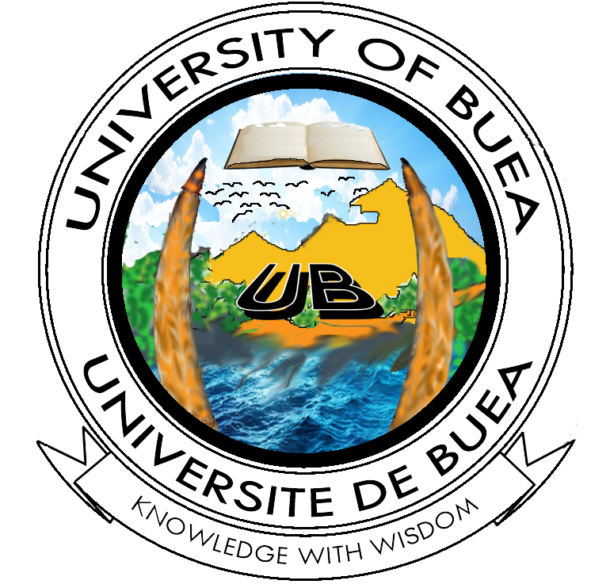| CLT202: Clinical Specimen Collection, Processing and Handling | 6 credits (30-10-20) |
Objectives
This course is designed to teach students the role of the laboratory in proper specimen collection and handling, standard protocols for collection, handling and processing of specimens for transport or receipt in to or from the laboratory.
Contents
A. Role of the Laboratory in Proper Specimen Collection
• Preparation of the patient; legal implications related to specimen collection, ethical complications, safety measures, infection control and standard precautions
• Storage and transportation of specimen, immediate specimen transport, transport from non acute settings to the laboratory, transport to special laboratories
B. Standard Protocols for Collection, Transport and Processing Of Specimens
• Collection and transport of blood specimens (Capillary blood, Venous blood, Arterial puncture for Arterial blood), types of blood collection tubes and their uses, different types of anticoagulants and preservatives for blood collection.
• Collection and transport of urine ( random urine specimens, second-voided specimens, first morning and fasting samples, clean catch midstream urine, catheters, Timed (24hr) urine specimen, pediatric and supra pubic aspiration)
• Collection and transport of microbiologic specimens (faecal, Respiratory tract , Pus, ulcer and skin specimens, Effusions, CSF and seminal fluid, Urogenital specimens, cervical specimens from females, hair and nail specimens ,Eye. Post mortem specimen collection, post mortem skin biopsy, post mortem skin biopsy for diagnosis of pathogens with high infectious risk e.g. viral hemorrhagic fever (materials, method, handling and transportation)
C. Specimen handling and processing; general rules for handling specimens, specimen receipt and preliminary observations, labeling of specimens, criteria for specimen rejection, microscopic examination of direct mounts for presumptive diagnoses where applicable.
D. Precautions for Packaging and Mailing of Specimens


